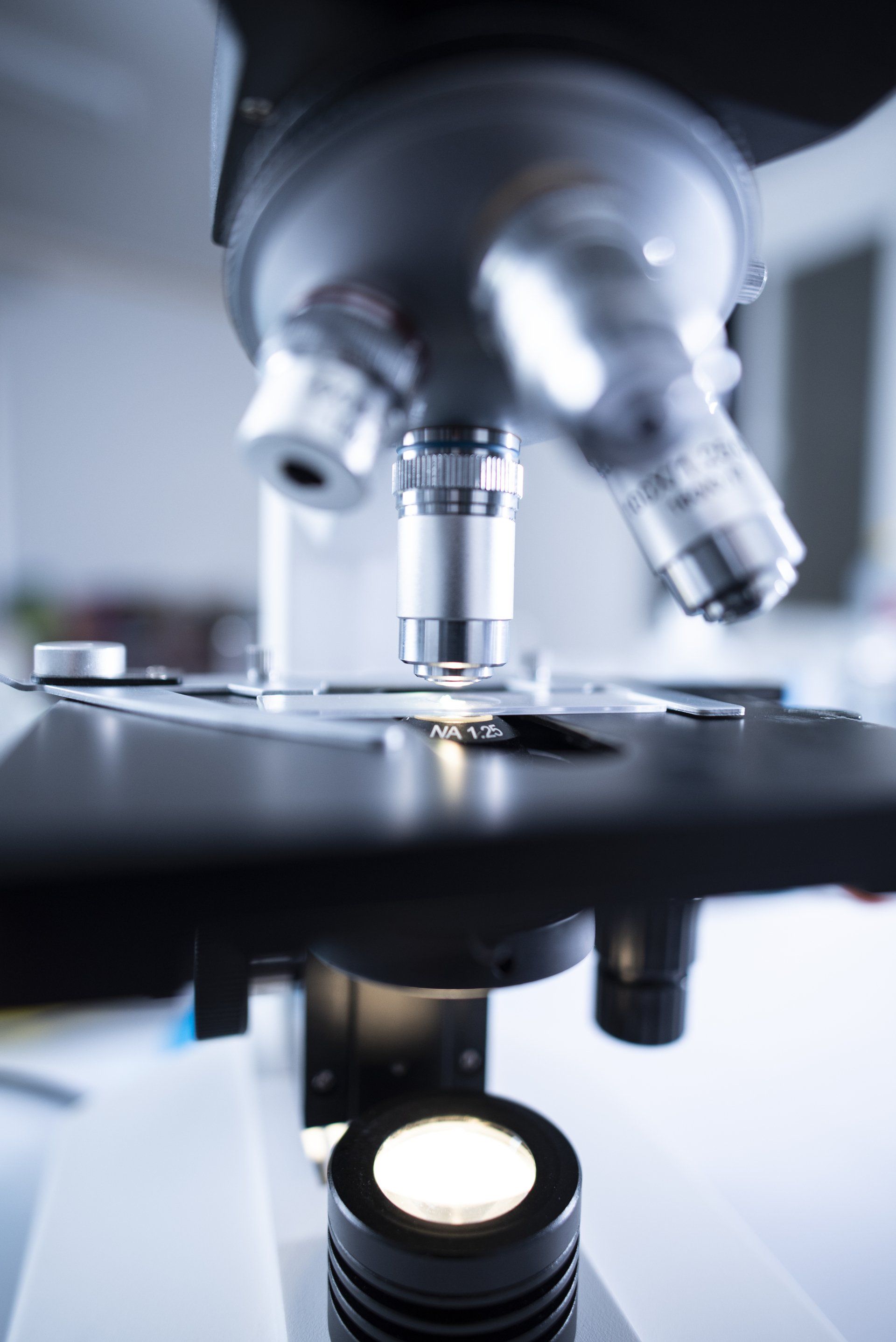The Digestive Process
What is the digestive process?
While the physical breakdown of food starts in the mouth, digestion begins as soon as you think about eating.
Here's a step by step overview of the digestive process:
1. The thought of an incoming meal sends signals from the brain to your gut, priming it by increasing your production of digestive factors and getting your body ready to receive the meal or snack.
2. As you pop the food in your mouth and begin to chew, your teeth crush it up into smaller pieces, and enzymes contained in the saliva begin to break it down.
You swallow, and after a six-second trip down your oesophagus, the chewed food is in your stomach.
3. The stomach is a big blender. Not only does it continue the mechanical breakdown that the mouth has started, but it is also the mixing place of food, stomach acid, bile, and digestive enzymes, all of which cleave the proteins, carbohydrates, and fats that you have eaten into their readily absorbable building blocks of amino acids, sugars, and fatty acids.
4. After being reduced to a very soft paste called chyme, the food moves from your stomach to your small intestine. Your small intestine is a rather impressive organ, up to 45 feet long, with so many folds and crypts that if you were to stretch it all out, the surface area would equal that of a tennis court.
That’s a good thing, considering that the job of your small intestine is to absorb the macronutrients and micronutrients of your food.
The small intestine acts as an intelligent gatekeeper, letting nutrients and beneficial compounds in and keeping harmful compounds and pathogens out. Since the surface area is so large and the potential for exposure to harmful things through what we eat so high, the small intestine is embedded with immune tissue and cells.
5. Peristalsis is the rhythmical, muscular contraction that propels food down and out and helps you poop regularly. Orchestrated by your “Second Brain” - it is responsible for transferring food from your stomach to your small intestine, and from your small intestine to your large intestine. Problems with peristalsis are related to motility - constipation, diarrhoea, or both - and are a common reason for distress.
6. By the time lunch makes it to your large intestine, much of the usable nutrition has been extracted, and your large intestine reabsorbs most of the water. The fibre you have eaten has its time to shine in the large intestine.
In addition to helping you keep things moving, fibre is also fuel for your microbiome.
7.
The approximately 100-trillion-cell strong colony of beneficial bacteria turn fibre into short chain fatty acids, which the body uses for energy and as anti-inflammatory agents.
Keep in mind that you’re not just eating for you, you’re eating for at least a trillion!
8. Working through the large intestine, the digested food reaches the end of the road and when enough accumulates, you get the urge to defecate. This is the first time that you have had a conscious say in your digestive process since you swallowed your food. Your body does it all for you, under the direction of your Second Brain.
To sum it up - Your brain, mouth, stomach, intestines, pancreas, and gallbladder all play a role in your digestion! This is important to know, because symptoms can give us clues as to which of these parts of the digestive system could be contributing to the problem!
If you're having digestive issues don't hesitate to get in
touch and let me know of any symptoms that you may be having.
My Office
1160 Toorak Rd Camberwell
VIC, 3124
0415 3111 80
vesna.naturopath@gmail.com
FAQ
-
1. What are the costs of seeing a Naturopath?
First session: 60 minutes - $135
Follow up sessions: 30 minutes - $80.
-
2. Do you take both male and female clients?
Yes, Everyone is welcome.
-
3. How long will my treatment take?
Treatments vary case by case. There's no cookie cutter approach here. It really depends on your ailment and what I am treating you for. Could be as little as a week - some treatments are ongoing. Best to message me directly and have a chat.
-
4. Do I have to test before I get a treatment?
Again this varies case by case.
For severe cases and stomach issues I always recommend testing so that the results give us a clear outline of what the root issue is and roughly how long it will take to fix.
When we don't run appropriate tests we are just throwing things at the wall and hoping that they stick - Knowledge = Results.
-
5. Can you treat SIBO?
Yes SIBO is very treatable.
More and more cases of SIBO are becoming common because of the procsessed foods we ingest and the rapid intake of antibiotics. Furthermore the stress of day to day life loaded with the stress of technology and social media compounds and usually results in some kind of inbalance in your stomach flora.
-
6. What's involved in my initial consultation?
In your initial consultaiton we go over your lifestyle, dietary habits, sleep - basically break down your day lifestyle factors and nutritional intake.
We speak about your symptoms and outline your health goals.
The first consultaiton usually lasts for roughly around 60 minutes to go through everything.
After the first consult you will know whether we need to do further testing to make a diagnoses.
-
7. What kind of tests do you do?
GI Map Testing
This test is conducted to diagnose problems with the gut.
The test is designed to assesses your microbiome, as well as immune and digestive markers, from a single stool sample.
This test identifies pathogenic and beneficial
(commensal) bacteria, along with opportunistic pathogens, parasites, fungi, and viruses, using new
technology mainly multiplex, automated, DNA analysis.
Hair Tissue Mineral Analysis
Other lab tests can provide very valuable information such as what foods we are allergic to, the stateof our gut, if we have infections, or if our hormone levels are up to par.
With HTMA, we have something extremely powerful.
From one strang of hair, the test will tell us whether youy're pre-diabetic, depressed, immuno comprimised or if you have too much aluminion that is impacting brain health and cognitive function.
HTMA uses a small hair sample to get up to 3 months of information on the status of your mineral ratios and heavy metal toxicity which gives us insight into what is throwing the body off-balance.
The hair is the ideal testing mechanism because it shows a cumulative pattern of health information
that is safe and non-invasive in nature.
It reveals health data far more accurate than urine or blood sample.
-
8. What methods will you use to treat me?
Varies greatly depending on your ailments and lifestyle factors.
The first step is to establish diagnosis.
Once we do that I use a combination of lifestyle factors (Nutrition / Sleep / Exercise) and Herbal Supplements.
Let's Talk
Simple changes get results. You don't have to live your life always reacting to foods with no energy and low libido.
Subscribe to my mail list to get the latest news on herbs, supplements & health tips. No Spam, I promise.
Contact Us
We will get back to you as soon as possible.
Please try again later.



